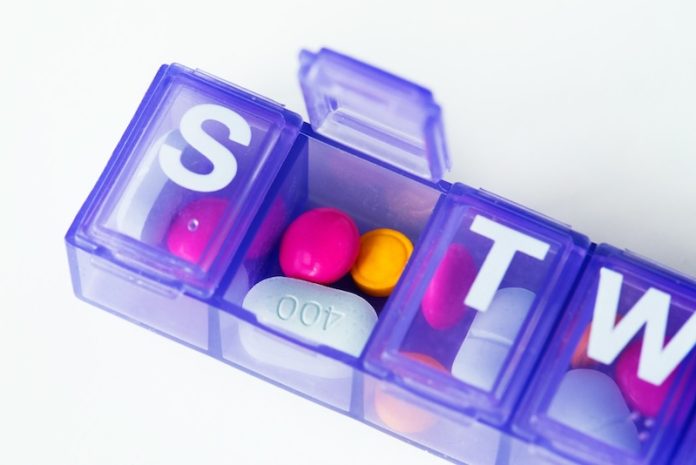
GLP-1 medications like Ozempic, Wegovy, and Zepbound are revolutionizing weight loss treatment, but there’s a catch—many users are losing not just fat, but also muscle.
Now, new research presented at the American Diabetes Association’s 2025 meeting reveals two important advances: a new drug combo that helps preserve muscle during weight loss, and a potential tool to monitor muscle loss in real time.
The growing popularity of GLP-1 drugs has been remarkable. According to the ADA, the number of Americans taking these medications has increased nearly six times in the past five years. While they are very effective at reducing body weight, as much as 40% of that loss may come from lean muscle, not fat.
That’s a big concern, because muscle plays a key role in maintaining blood sugar levels, supporting immune function, protecting joints and bones, and keeping metabolism high.
To address this, researchers tested a new strategy: combining semaglutide (the active ingredient in Ozempic and Wegovy) with an experimental drug called bimagrumab. Bimagrumab is a lab-made antibody that blocks a protein called activin type II, which limits muscle growth. Blocking it helps the body hold on to—and even build—muscle mass.
In a clinical trial of more than 500 participants, patients were divided into different groups: some received just semaglutide, others just bimagrumab, and a third group received both. Those who received the combo treatment saw the most promising results:
- 93% of their weight loss came from fat, rather than muscle.
- They also lost more total body weight—about 22%, compared to 16% for semaglutide alone.
- Those on bimagrumab alone lost less total weight, but 100% of it came from fat, and they gained over 2% in lean muscle.
“This shows it’s possible not just to lose fat, but also to protect or even increase muscle during treatment,” said lead researcher Dr. Steven Heymsfield of the Pennington Biomedical Research Center in Louisiana. The research is so promising that further studies are now underway combining bimagrumab with Zepbound.
Meanwhile, another research team has created a new way to track muscle loss in real time. They’ve developed a biosensor that detects phenylalanine, an amino acid that’s released when the body breaks down muscle or digests protein. In healthy people, phenylalanine levels spike after eating protein. But unusually high levels outside of meal times could signal unwanted muscle loss.
This wearable sensor could be especially useful for people on GLP-1 medications, older adults, or anyone at risk for muscle-wasting conditions like sarcopenia.
“While patients are often told to eat more protein to preserve muscle, it’s hard to know if that’s working,” said Rebecca Gottlieb, vice president at Biolinq, the company behind the sensor. “Real-time feedback could help close that gap.”
The sensor can detect phenylalanine levels as high as 1,500 uM/L, well above the normal post-meal level of 100 uM/L. Clinical trials to test the sensor in real-world settings are planned next.
Together, these studies show a new direction in weight loss science: not just helping people lose weight, but making sure the weight they lose is fat, not muscle. With tools like bimagrumab and muscle-monitoring sensors, the next generation of obesity treatment may be smarter, safer, and more personalized.
If you care about muscle, please read studies about factors that can cause muscle weakness in older people, and scientists find a way to reverse high blood sugar and muscle loss.
For more health information, please see recent studies about an easy, cheap way to maintain muscles, and results showing these vegetables essential for your muscle strength.
Copyright © 2025 Knowridge Science Report. All rights reserved.



